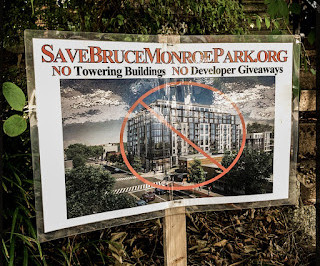Community building versus economic development
Rebuilding Place in Urban Space
MARCH 21, 2024
WMATA's 2005 study, Development-Related Ridership Survey , found significant car trip reduction associated with the buildings in Metrorail station catchment areas, even in areas outside the core. and Baltimore metropolitan areas ," Transport Policy , 2014.











Let's personalize your content